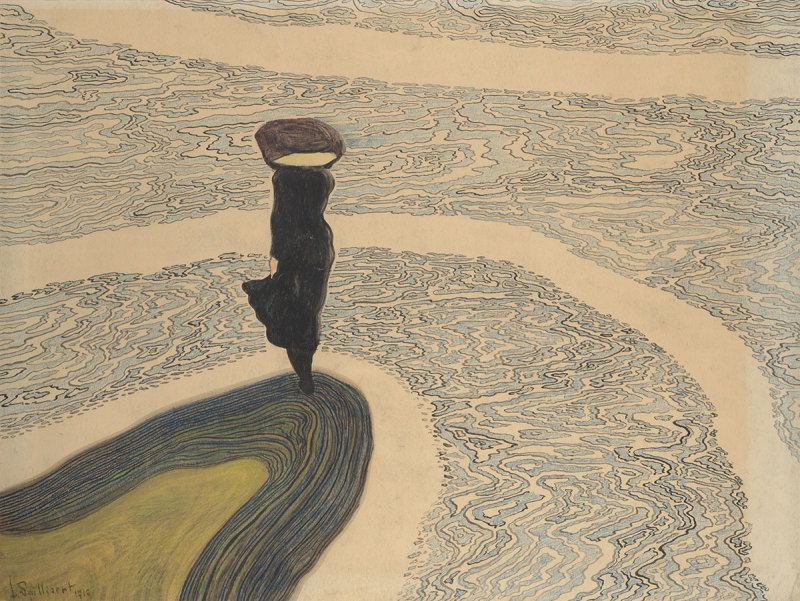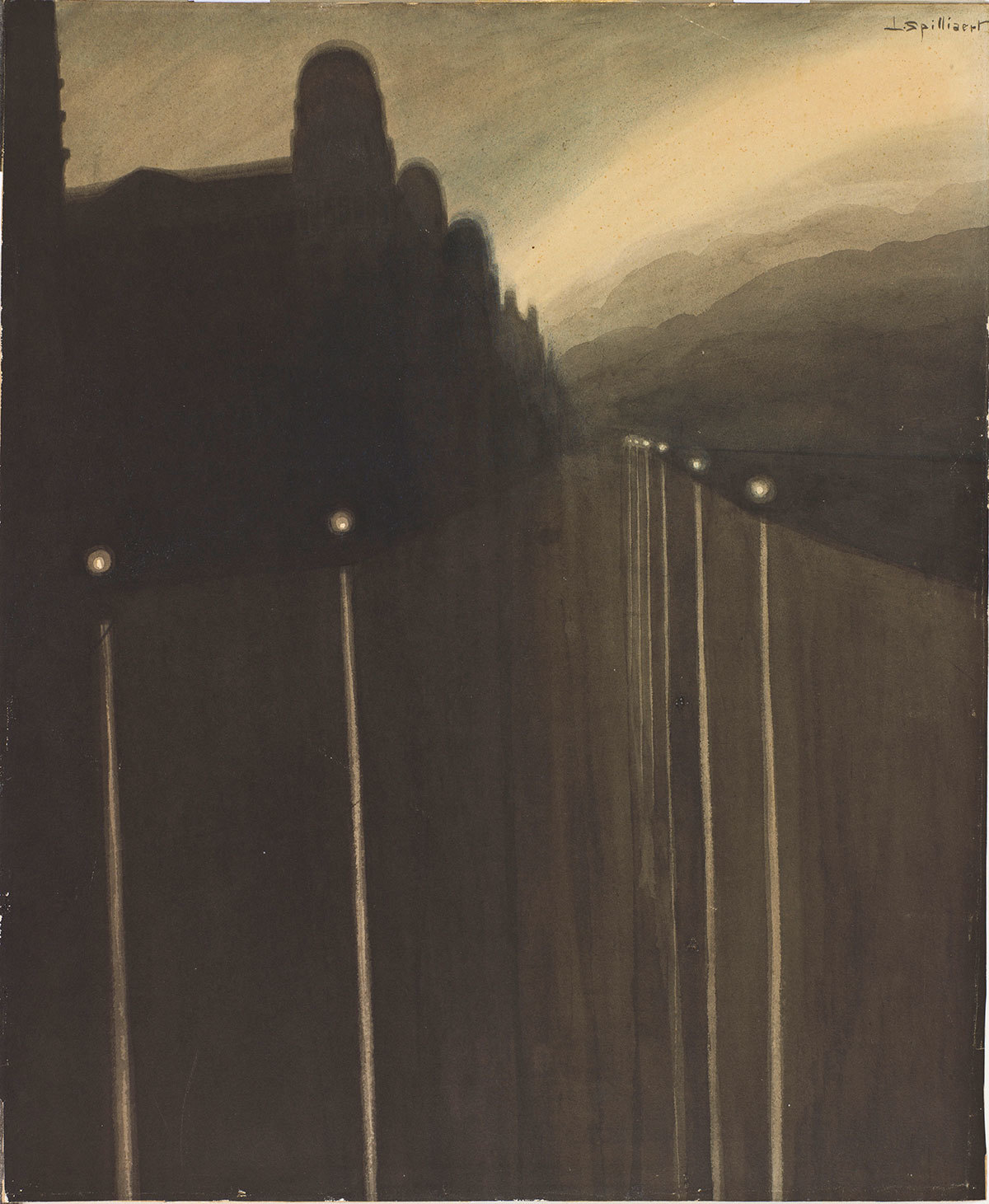WEEK 4: Bring 1 example of practice (not your own) and discuss it in relation to 2 research sources / critical theorists.
I think a good starting point would be to think about how a place can have the sensation that is contains meaning, due to its natural features. My initial research has brought me to the term “Genius Loci”

Originally Genius Loci were physical objects used in the Roman era that were meant to contain a protective spirit, usually ordained with serpents, that can be still be seen in some areas of the UK (this concept can be seen in lots of other cultures around the world.)
The phrase has now become to be more about “The Spirit of a Place”
“The Romans called it the Genius Loci: that special something every place has. It cannot be denied that every place has its character: a complex set of non-verbal signals, the smells, sights and sounds which set off a chain of associations deep within us, beneath the level of language.” https://kateshrewsday.com/let-me-tell-your-story-audiobook-narration-by-kate-shrewsday/
Even thought there are undoubtedly theories that can explain this feeling (note to self, find these), I still find this idea intriguing – that a place can contain meaning which then connects to a person on a mysterious, personal, maybe soulful, level.
At this point I would like to mention the work of Léon Spilliaert.


Woman at the Shoreline, 1910 & Dike at night. Reflected lights, 1908, Léon Spilliaert
Spilliaert’s practice contains an abundance of atmosphere which can be attributed to a combination of his personal life, the aesthetics of Ostend and the materials he chooses to work with. To me this brings forth a relationship that is symbiotic in nature.
“Spilliaert saw the coast differently, perhaps because of his obsession with monochrome ink and watercolour drawing, perhaps because of his insomnia, which meant he saw it at night and in the pale early morning.
His compositions – washes, lines and areas of darkness or shadow – are laid out with precision.
Their appeal comes from his peculiar directness of vision, both sharp and unspecific, which suited his subjects: the long horizon line of the sea at Ostend, the endless columns of the Grand Hotel, seen through a murky northern light.” https://www.lrb.co.uk/the-paper/v42/n08/john-paul-stonard/at-the-royal-academy
Although Spilliaert has no links to folklore, he is a relevant element for me at this point in my investigation, when taking into consideration the idea of the “spirit of a place”. I feel like these paintings are snapshots from my mind which Spilliaert some how managed to create a century beforehand.
It also tells me that a “spirit of a place” can be transferable through people via artefacts and not just something that you experience necessarily on your own.
I think the next stage for me will be looking into the symbiotic links that landscape and folklore have, in order to link together the concept of genius loci and its contributing factors to folklores. (landscape – a sense of place – folklore!)
I would like in the meantime to have a look through the following material:
- Daimonic reality : field guide to the otherworld Harpur, Patrick “how strange and seemingly unexplainable phenomena share a common background, and recreates a world-view that has been articulated by William Blake, W. B. Yeats, and C. G. Jung.”
- The beauty things Edmonds, Mark; Garner, Alan “Alan Garner draws much of the power of his writing from his sense of place and history, and that of his and his family’s history within that place.“
- Permeability, James Hillman & Margot McLean



http://thenonist.com/index.php/thenonist/permalink/the_spectre_of_brocken
